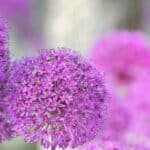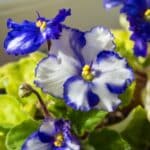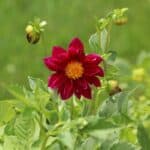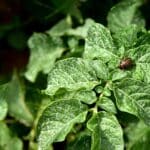Caladiums (Caladium), also referred to as the heart of Jesus, angel wings, or elephant ear, are easily identified by their heart-shaped leaves and are excellent editions to shade gardens.
There are over 1000 different species of caladium plants, which greatly vary in size and leaf color. Most caladiums boast colorful foliage with interesting red, green, and white patterns, while some caladium varieties are a bit simpler with their plain green hues.
These tropical perennials act like annuals and will die back during winter and grow back during summer. During their growing season, this vibrant foliage can be very charming in containers, hanging baskets, as a border plant, or as a bedding plant.
Elephant ears can be grown with various other foliage or flowering plants. You can also mix a variety of caladium bulbs to create an exciting garden.
This guide will look at some of the best plants to combine with caladium varieties if you want to create a lovely garden.
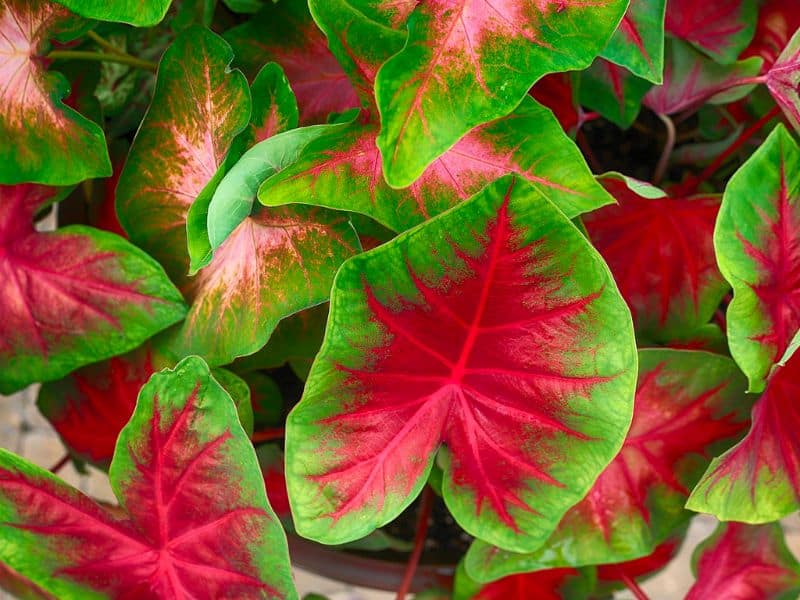
What to Grow with Caladiums
Pairing plant species that can survive in the same conditions is always good. This combination will ensure that all the plants in your containers or garden beds stay healthy and vibrant.
Caladiums grow very well in tropical regions with warm soil. Even though they love the warmth, these perennials dislike direct sunlight. They prefer dappled shade and can handle a little morning or afternoon sun. The bulbs should also be planted in well-drained soil and watered regularly, or the leaves will start to hang.
Here is a quick look at other plants that can grow well in these conditions and look great next to your elephant ear
Impatiens

Impatiens (Impatiens) are also known as Touch-me-nots because their seed pods are very sensitive and will open up at the slightest touch. These flowers are great companions for your caladiums because they will conceal the base of your larger plants, they are good garden fillers, and the excessive blooms will add lots of color to your garden bed.
There are over 1,000 different species of this flowering, including white, red, pink, violet, coral purple, and yellow.
These low-maintenance plants will grow very well in semi-shades with just a little bit of afternoon sun, but they will need to be planted in well-drained, frequently watered soil. The annuals will also self-sow and spread all over your garden. After dying back for winter, these self-sown seeds will re-emerge in early spring, but they can grow throughout the year in warmer regions.
These flowering plants look their absolute best if mass-planted all over a garden bed with a striking caladium variety like the Florida sweetheart in the back. The Florida sweethearts will look charming as they transition from pink to white and create a beautiful look if you pair them with pink, violet, coral, purple, or white impatiens.
Pair these two plants in hanging baskets, window boxes, or containers to create a very interesting potted display.
Begonias
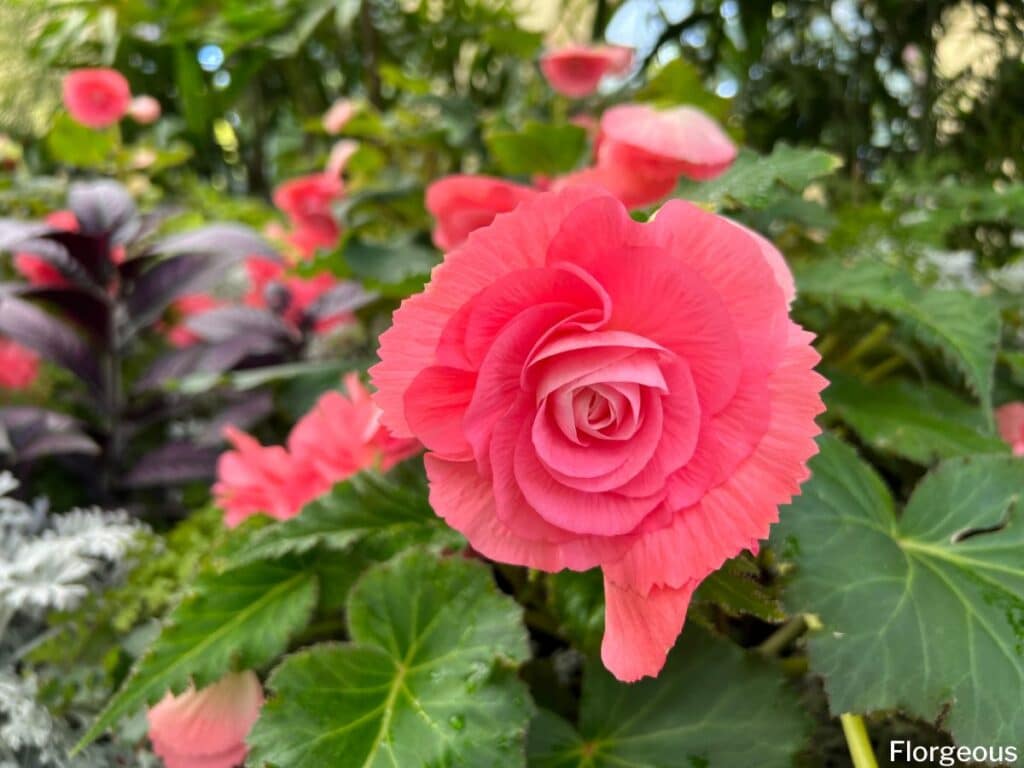
Begonias (Begonia) is a must for every shade garden. They are excellent companion plants in your caladium containers or gardens because they add lots of color with their charming, bright flowers. These perennials are also perfect for keeping your gardens nice and complete when the caladiums die in early fall.
There are 1,000 different species of begonia, and they can significantly vary in flower design, flower color, and foliage color. You can find almost any color imaginable; the leaves change from light green to dark burgundy.
Begonias grow well in shade gardens; you can position them in containers as long as the soil is free-draining and moist.
Because begonias are typically shorter, it is usually best to grow them in the front of your garden bed or garden pots as filler plants around the caladiums in the center as a thriller.
Catnip
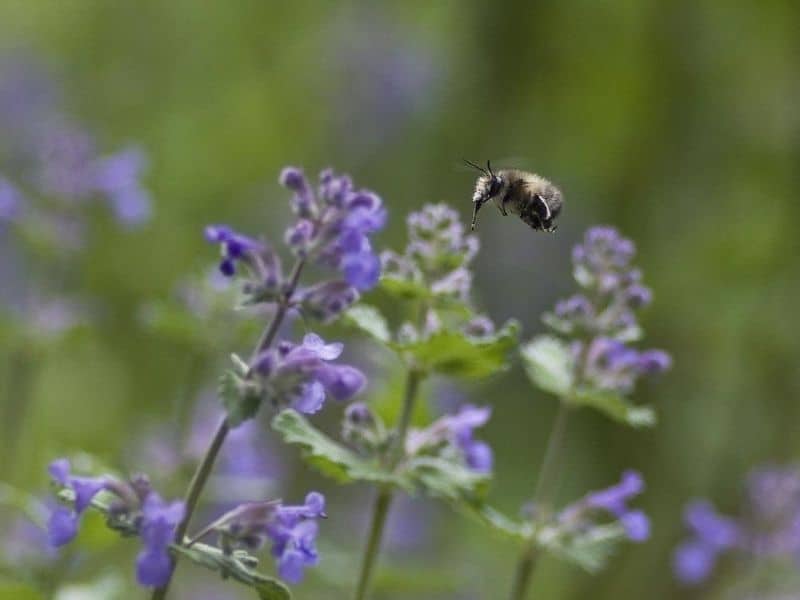
Catnip (Nepeta cataria), also known as catswort, catwort, or catmint, is a great companion plant for any garden with many caladiums because this herb can help repel aphids. Catmint produces a strong scent that deters aphids and many other garden pests that might infest your caladiums.
Catmint prefers full sun but will grow well in dappled shade with afternoon or morning sun. In these shady areas, they might produce fewer flowers. However, the foliage will still look rather charming, especially if you pair it with a variety like white Christmas caladiums.
Catmint shrubs tend to be shorter and should be grown in the frontal portion of your garden bed. You can also pair catmint and caladiums in containers on your front porch to create a vibrant and beautiful outdoor lounge space.
Related: Catnip Companion Plants
Coleus
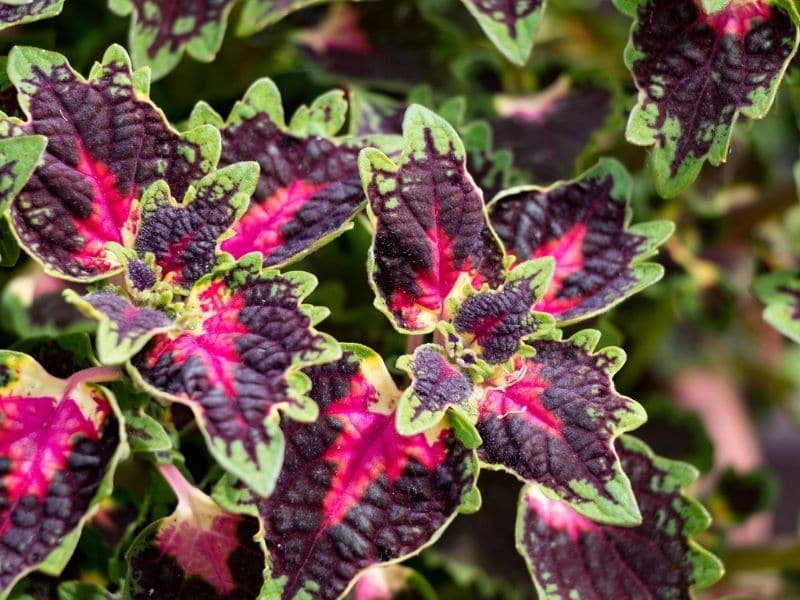
The coleus (Coleus scutellarioides), is an excellent companion plant to consider if you are looking for a colorful foliage plant that is going to add lots of vibrancy to your garden throughout the year.
295 different coleus species can significantly vary in foliage color. The foliage can go from mixed patterns to solid designs in a variety of colors that range from bright lime green to deep purple.
These shrubs will complement the colorful leaves of your coleus plants very well, and they are handy for keeping your garden lush and full while the summer bulbs become dormant for the winter.
Coleus shrubs thrive in dappled sunlight and must be grown in free-draining top soil and kept moist or watered regularly.
Some varieties of this shrub can grow up to 3 feet tall and 4 feet wide; most prefer a little room to expand. While planting caladiums, you should be careful to leave plenty of room for both plants, and it is usually best to position your caladiums in the front so the other plants won’t overpower them too much.
Ferns
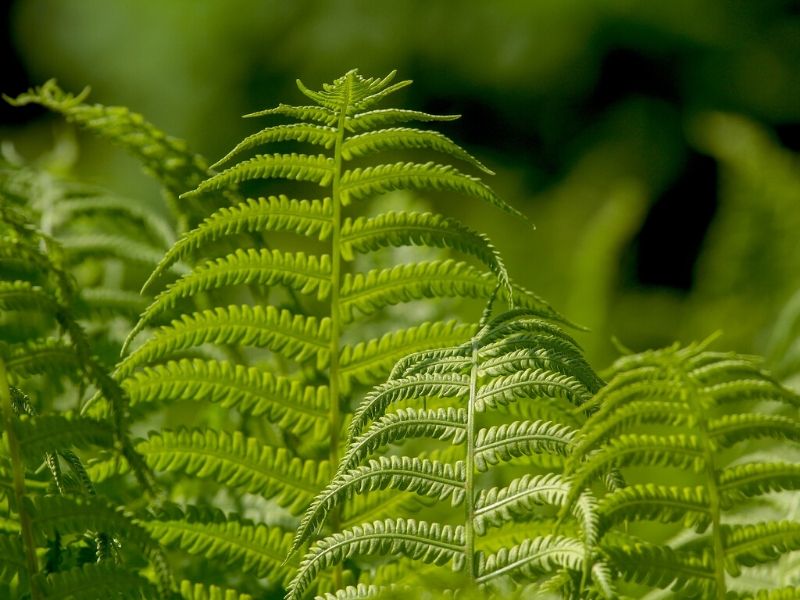
Ferns (Tracheopytha), vascular plants, and elephant ears combine like peanut butter and jam. You can pair just about any variety of fern with caladiums in a garden bed or garden pot, and you are guaranteed to get satisfactory results.
Ferns love shaded gardens with nutrient-rich, free-draining, but moist soil, which means they will grow very well in the same ground area as caladiums.
When mixing and matching ferns and caladiums, research the different heights of your variety. Both plant species can vary greatly depending on type, and it is usually best to pair shorter ferns with taller caladiums and vice versa.
The caladiums will add color and interest to your landscape during its growing season. The ferns will keep your garden lush and full throughout the colder winter months.
What NOT to Grow with Caladiums
If you love caladiums, keeping them away from too much direct sunlight and dry areas in your garden is best. These plants also hate temperatures below 65 degrees F and will wilt if exposed to prolonged cold periods.
It is always best to avoid sun-dependent plant species like coneflowers, black-eyed susans, or lavender because these plants prefer dry soil and lots of direct sunlight and won’t develop well next to your caladiums.
Your elephant ears also won’t grow well in icy regions. Cold-loving plants like snowdrops and hellebores are not too likely to grow well at the same time as caladiums. Still, this type of pairing can be beneficial because they will grow at different stages of the year, which can help keep your garden full.
Many gardeners advise against planting caladiums with too many other summer tubers. This is because it can result in an empty garden space when all your bulbs die back for the colder seasons.
Final Thoughts
Elephant ears are cheerful plants that look striking in any shade garden, especially if paired with companion plants like impatiens, begonias, ferns, catmint, coleus, and other plants that grow well in shade gardens.
With this combination of plants, we are certain that any container arrangements or garden beds you create will look charming.


